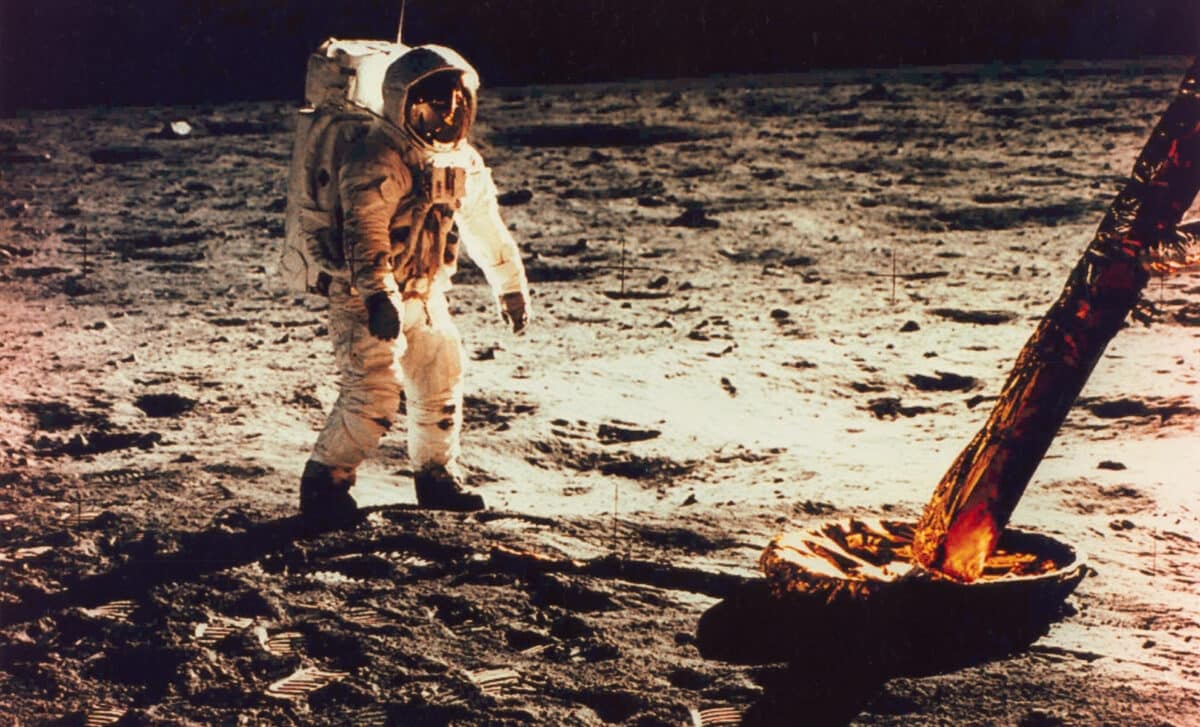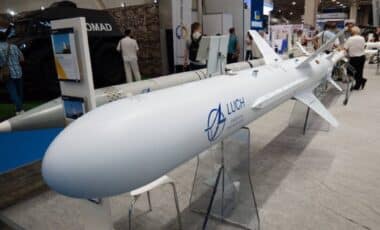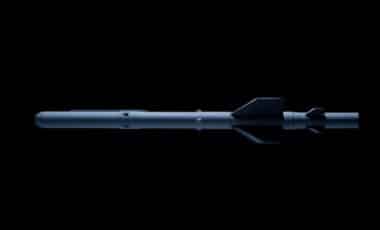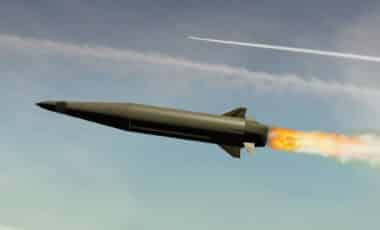The 1969 Apollo 11 mission, which saw Neil Armstrong and Buzz Aldrin step onto the lunar surface, remains one of humanity’s most remarkable achievements. However, 56 years later, a significant number of people continue to question whether the historic event actually occurred or was part of an elaborate hoax. Despite overwhelming evidence, conspiracy theories surrounding the landing persist.
Apollo 11’s success marked the culmination of the U.S. space race against the Soviet Union, a milestone that showcased American technological and scientific prowess. While the mission’s impact on science, exploration, and geopolitics is indisputable, a segment of the global population still believes it was a fabricated event orchestrated by the American government.
$700 Quintillion and 27 Quatrillion Tons ― NASA Discovers One of the Universe’s Largest Gold Reserves on Asteroid Psyche
The Skeptics: Why Do People Doubt the Moon Landing?
Even though more than half a century has passed since the Apollo 11 mission, surveys show that a considerable portion of the population remains unconvinced of the moon landing’s authenticity.
According to reports, between 6% and 20% of Americans still question whether humans ever walked on the lunar surface, while skepticism rises to 25% in the United Kingdom and 28% in Russia. These figures reflect a widespread, albeit minority, belief that the Apollo 11 mission may have been staged.
One of the most vocal proponents of the hoax theory was Bill Kaysing, an ex-technical writer for a company involved in the Apollo program. In his 1976 book We Never Went to the Moon: America’s Thirty Billion Dollar Swindle, Kaysing suggested that the Apollo missions were a fabrication, citing the Van Allen radiation belts as an insurmountable obstacle for human space travel. He also questioned the lack of stars in lunar photographs and claimed that the American flag on the Moon appeared to be fluttering, despite the absence of an atmosphere, explains Armées.
Scientific Explanations to Counter the Conspiracy Theories
The theories that fuel the skepticism are met with robust scientific rebuttals. A primary concern raised by doubters revolves around the Van Allen radiation belts, which contain highly charged particles. Critics argue that the radiation levels in these belts should have been fatal to the astronauts.
However, experts clarify that the Apollo spacecraft were designed to shield astronauts from this radiation. The trajectory of the mission was also carefully planned to minimize exposure, keeping it at safe levels, with the astronauts receiving an average of only 0.46 rads of radiation.
Another point frequently raised by conspiracy theorists is the movement of the American flag in photographs. The apparent fluttering of the flag, which contradicts the absence of wind on the Moon, was explained by Roger Launius, a prominent historian of space exploration. He noted that the flag had a horizontal bar to maintain its shape, and its slight fold created the illusion of motion.
As for the absence of stars in the background of lunar photos, this was due to the camera settings. Emily Drabek-Maunder, an astrophysicist, explained that the fast shutter speed used by the cameras to capture well-lit images of the astronauts on the lunar surface resulted in the stars being too faint to be visible in the photos.
The Proof: Why the Moon Landings Can’t Be Denied
Despite the persistent conspiracy theories, there is an extensive body of evidence proving the reality of the Apollo 11 mission and the other manned lunar landings. The Apollo program generated more than 8,400 photographs, thousands of hours of video and audio recordings, and a full transcript of the air-to-ground communications.
The samples of lunar soil and rock collected during the missions, totaling 382 kilograms, were distributed to laboratories worldwide, where they have been analyzed by independent researchers, all of whom have confirmed their authenticity.
In addition to this physical evidence, the Lunar Reconnaissance Orbiter (LRO), launched by NASA in 2009, continues to capture high-resolution images of the Apollo landing sites, showing the remnants of the lunar modules.
Other space agencies, including China’s, India’s, and Japan’s, have also conducted missions to the Moon and have observed the Apollo landing sites from their respective orbits, further corroborating the truth of the landings.
Given the scale of the Apollo program, which involved nearly 400,000 people, it is widely believed that it would have been nearly impossible to stage such a massive endeavor without any leaks or major revelations. Furthermore, the Soviet Union, which was in direct competition with the United States during the space race, would have had every incentive to expose any falsification. Yet, they publicly congratulated the U.S. on its achievement after the success of Apollo 11.








